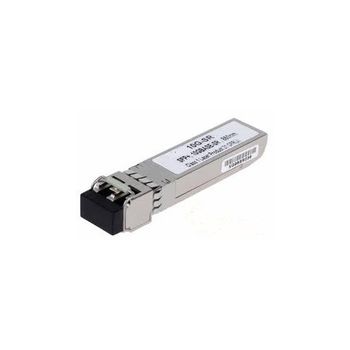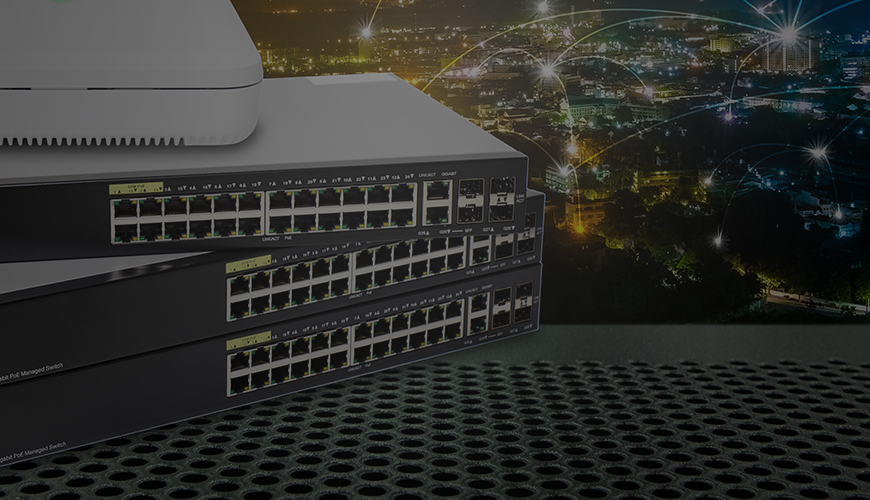Applications for Rajant Breadcrumbs and Their Benefits
Rajant Breadcrumbs are part of a revolutionary wireless network technology designed to provide robust, resilient, and secure connectivity. This dynamic networking solution is ideal for industries requiring reliable communication in challenging environments. Here, we explore the potential solutions offered by Rajant Breadcrumbs and their associated benefits.
What Are Rajant Breadcrumbs?
Rajant Breadcrumbs are wireless nodes that form a mesh network, allowing for seamless and continuous communication across a distributed network. This technology, known as Kinetic Mesh®, is designed to adapt dynamically to changes in the network, providing resilient and self-healing connectivity. Breadcrumbs can be deployed across various industries, including mining, military, public safety, and transportation.
Potential Solutions Using Rajant Breadcrumbs
1. Industrial and Mining Operations
Rajant Breadcrumbs are particularly well-suited for harsh and dynamic industrial environments such as mining. They provide:
- Mobile Connectivity: Ensuring continuous communication between moving vehicles, equipment, and personnel.
- Automation Support: Facilitating the use of autonomous vehicles and remote-controlled machinery by providing reliable, low-latency communication.
Benefits:
- Enhanced Safety: Reliable communication ensures that safety protocols can be monitored and enforced in real-time.
- Operational Efficiency: Continuous connectivity supports efficient operations and reduces downtime due to communication failures.
2. Military and Defence Applications
In military operations, reliable and secure communication is crucial. Rajant Breadcrumbs offer:
- Ad-hoc Networking: The ability to quickly establish networks in the field without fixed infrastructure.
- Secure Communication: Robust encryption and secure protocols to protect sensitive information.
Benefits:
- Mission Flexibility: Rapid deployment and adaptability to changing conditions support dynamic military operations.
- Operational Security: Enhanced security features protect against interception and cyber threats.
3. Public Safety and Emergency Response
For public safety agencies, Rajant Breadcrumbs provide:
- Resilient Networks: Maintaining communication in the face of infrastructure damage or network congestion.
- Wide-Area Coverage: Extending the reach of communication networks in urban and rural areas.
Benefits:
- Improved Response Times: Reliable communication enables faster coordination and response during emergencies.
- Comprehensive Coverage: Ensures that first responders remain connected across wide areas and challenging terrains.
4. Transportation and Logistics
Rajant Breadcrumbs enhance the transportation and logistics sectors by providing:
- Asset Tracking: Real-time tracking of vehicles and cargo.
- Intermodal Connectivity: Seamless communication across different transportation modes (trucks, trains, ships).
Benefits:
- Operational Transparency: Real-time data helps in optimizing routes and schedules, reducing delays and costs.
- Enhanced Security: Continuous monitoring ensures the security of cargo and assets in transit.
5. Smart Cities and IoT
In smart city implementations, Rajant Breadcrumbs offer:
- IoT Integration: Supporting a wide range of IoT devices and sensors for city management.
- Infrastructure Monitoring: Real-time monitoring of city infrastructure such as traffic lights, water systems, and energy grids.
Benefits:
- Improved Urban Management: Enhanced data collection and analysis for better decision-making and resource allocation.
- Increased Efficiency: Optimized operations reduce costs and improve service delivery to citizens.
Key Benefits of Rajant Breadcrumbs
1. Uninterrupted Connectivity
Rajant Breadcrumbs create a self-healing network that can adapt to changes and disruptions, ensuring continuous connectivity. This is crucial in environments where traditional networks may fail.
2. Scalability
The network can easily scale as needs grow, allowing for the addition of more Breadcrumbs without significant reconfiguration. This makes it suitable for expanding operations or large-scale deployments.
3. High Performance
Rajant’s Kinetic Mesh technology provides high throughput and low latency, essential for applications that require real-time data transmission and processing.
4. Robust Security
Advanced encryption and security protocols protect data transmitted across the network, ensuring that sensitive information remains secure from cyber threats.
5. Flexibility
Breadcrumbs can be deployed in a variety of configurations to meet the specific needs of different industries and applications, providing versatile solutions for complex networking challenges.
Conclusion
Rajant Breadcrumbs offer versatile, reliable, and secure networking solutions across a wide range of industries. Their ability to provide uninterrupted connectivity, scalability, high performance, robust security, and flexibility makes them an invaluable asset in environments that demand resilient communication networks.
Ready to enhance your network with Rajant Breadcrumbs? Contact us today to learn more about how this innovative technology can benefit your operations.
Get Started Now and experience the unparalleled advantages of Rajant Breadcrumbs for your industry!










